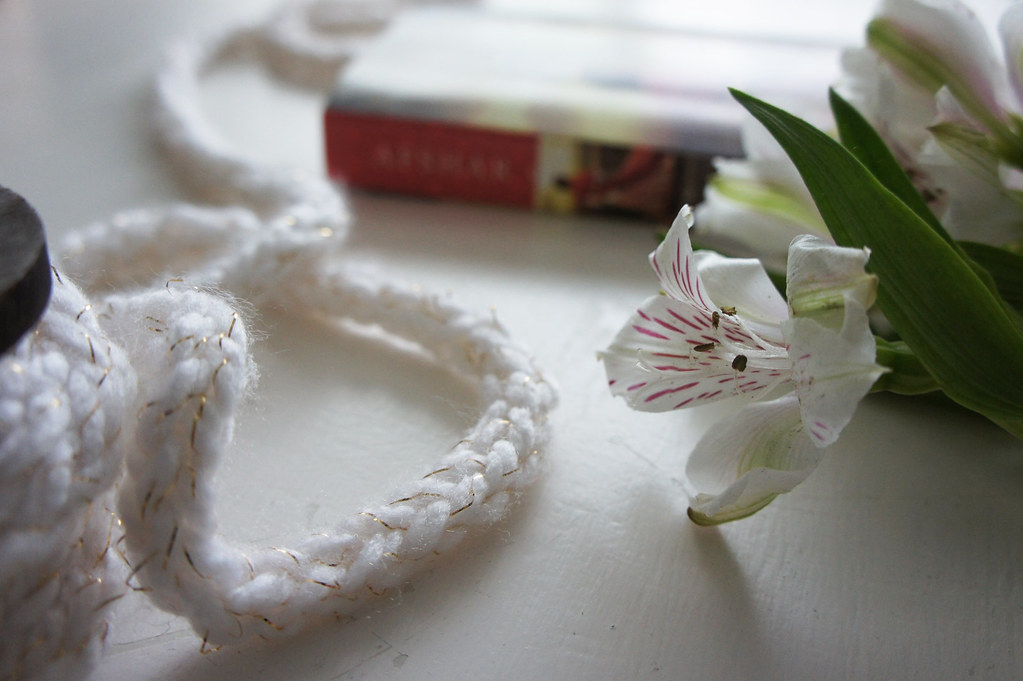Jesus used Parables to convey spiritual truths to his followers, today faith based novels do the same for us, they’re a way to convey a deep spiritual truth. We’re fortunate enough to have novelist, Tessa Afshar join us today. Tessa was born in Iran to a nominally Muslim family and in her twenties came to love Jesus which changed the course of her life forever. Through all her losses and changes, God has taught Tessa many precious truths, and this, in part, is why she writes. Through stories she helps her readers internalize spiritual truths…”God cherishes you and you are His beloved. His Son, Jesus, is never far from you. He has set His affections on you and desires to heal and restore your heart, forgive your failures and renew your life. Let’s spend some time with companions like Elianna, Ruth, Rahab, Sarah and Nehemiah, they’ll share their hopes, insecurities, isolation, fears and victories with you.” It’s a grace to have Tessa spend some time with us on the farm’s front porch today…
I grew up in Iran—land of Cyrus, Nehemiah, and Esther. Land, also, of Ayatollahs and the Islamic revolution.
I lived there until I was almost fourteen, long enough to absorb the scents and tastes and longings of the Middle East. Long enough to learn its stories.
To some degree, those stories still impact my life.
Most of my ordinary conversations with my parents, who were nominal Muslims, were peppered with ancient poetry and simple anecdotes that made you laugh, or catch your breath, or rise up to try to be a better person.











One of my favorite Persian fables is called The Patient Stone.
It tells of the legend of a magical stone that can carry away the unbearable pain of sorrow. If your heart is shattered and you have run out of fortitude, if the pain of your world has grown past forbearance, the Patient Stone can save you.
All you have to do is hold it in the palm of your hand and tell your story to the stone. If your sorrow is genuine and profound, the stone will break in two. Upon breaking, it will shed one drop of blood.
And with that breaking and bleeding, it will wash away the burden of your sorrow. The memory will remain, but its weight will be gone, taken into the stone by its death.
You can see why I love this story. Even as a little girl, before I met Christ, before I understood the similarities between what Jesus did for me and what the Patient Stone is supposed to accomplish, I cherished this legend.
The truth is that the suffering of the human soul is grave and brutal enough to break even the hardest stone.
Enough to make a rock bleed. And every heart needs a Patient Stone.
So God gave us one. Not a legend. But a real flesh and blood Savior who breaks and bleeds for the things that have shattered us.
A biblical account that captures this reality is the story of the woman who touched the hem of Jesus’ garment and was healed of an incurable bleeding disease.
For twelve years, she had endured the wretchedness of physical and emotional anguish.
Her neighbors avoided her because the blood that issued from her body made her unclean—unacceptable, untouchable, unwanted.
Her heart had to contend with rejection everyday. Isolated and outcast, she spent all the money she had on physicians who could not help her.
But there is more to her story than her illness. She is more than a disease. Jesus calls her daughter, the only woman in all of the New Testament that He addresses in such a unique way.
Her story is redolent with irony. Just before we meet our heroine, we encounter Jairus, a wealthy man whose little girl is dying. The broken-hearted father falls at the feet of Jesus, begging for his precious daughter.
But there is no father’s tenderness for the bleeding woman. She is there alone. She doesn’t even dare to address Jesus. She touches His clothes without His permission.
Jairus’ little girl is twelve-years-old. She has lived the same number of years that our heroine has been ill.
A dozen years of life. A dozen years of agony.
And Jesus stands between their twelve-year histories like a Divine hinge that can bear the weight of their unlikely hopes.
Although the woman touches Jesus secretly, He knows immediately that healing power has left Him.
Someone has been restored.
Jesus also knows that the life of a little girl hangs in the balance of His urgent response. There is no time to waste. This is a time to hurry, not to delay.
And yet, to everyone’s chagrin He stops the procession. It makes no sense. He knows that healing has taken place. Why risk the life of a child for a miracle that has already occurred?
I think there are two crucial reasons. First, Jesus wants to proclaim this woman clean before everyone. Her disgrace has been public, so now her redemption will be public.
Have you ever needed vindication? Have you ever longed for someone to stand up for you and declare you good and clean and right with the world?
This is what Jesus does for this woman. After twelve years of indignity and isolation, He proclaims before everyone that she is restored. She is acceptable in God’s eyes and man’s.
More importantly, perhaps, Jesus claims her as His. She has no father to stand for her. So He steps into that gap. He claims her as His own daughter.
A few months ago, I lost my father. There are a lot of lessons when you watch your Daddy die. But one of the most unexpected to me was how elemental being a daughter was to my soul.
I may be a wife, I may be a published writer, I may work in ministry, people may rely on me for counsel and help. But none of this changes the fact that I am also a daughter. At the core of my being, I carry the blessings and wounds of being my father’s daughter.
That’s true for most of us. Whatever it has meant to you to be a daughter is recorded at the roots of your soul.
Somewhere in your head, you still think of yourself in these terms: cherished, loved, encouraged, acknowledged, accepted, protected, worthy, wanted, or abandoned, rejected, put down, criticized, judged, unwanted.
Whatever your father thought of you is how a part of you still thinks of yourself. Daughter.
Like the woman with the issue of blood, Jesus looks into our souls, perceives the father wounds that linger and drive us.
And He speaks a new word, and avails a new work. My daughter. My son. And the work of our healing begins.
Like the Patient Stone, He breaks in death and bleeds over the unbearable sorrows of our hearts.
And in the process, we become sons and daughters where once we were orphans.
Tessa Afshar holds an MDiv from Yale University and has spent the last seventeen years in full-time Christian work in New England. Tessa was born in Iran to a nominally Muslim family, and lived there for the first fourteen years of her life. She moved to England where she survived boarding school for girls and fell in love with Jane Austen and Charlotte Bronte, before moving to the United States permanently.She is an award-winning novelist, and her most recent work of fiction — Land of Silence—is based on the story of the woman who touched the hem of Jesus’s garment and was healed of a bleeding disease. “No physician can cure her. No end is in sight. Until she hears whispers of a man whose mere touch can heal. After so many years of suffering and disappointment, is it possible that one man could redeem the wounds of body . . . and soul?“
[ Our humble thanks to Tyndale Publishers for their partnership with today’s devotion ]








